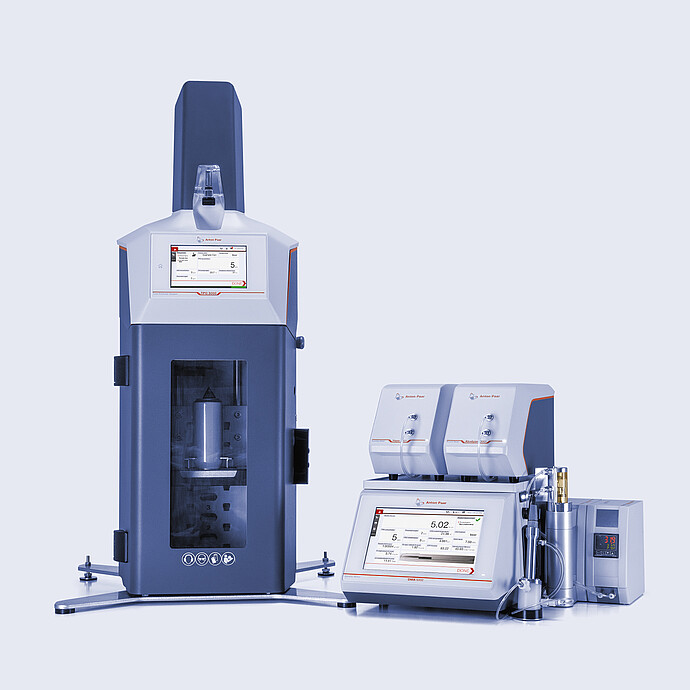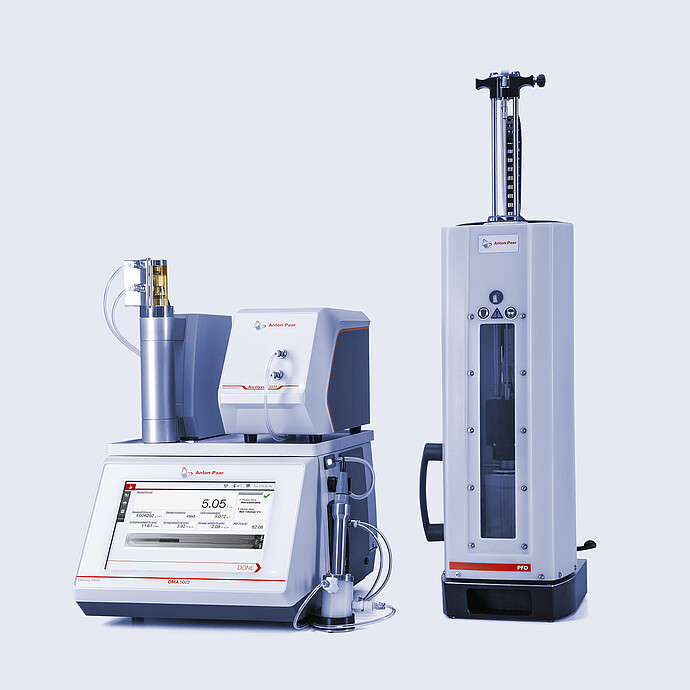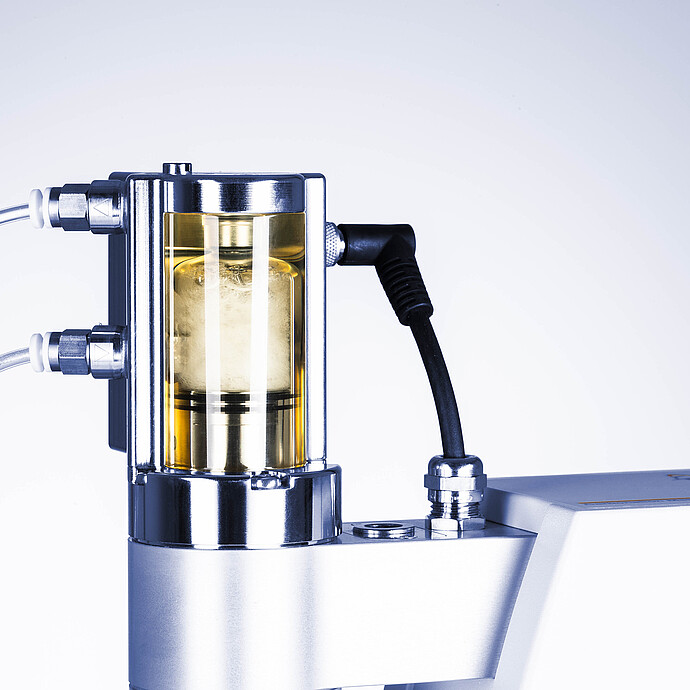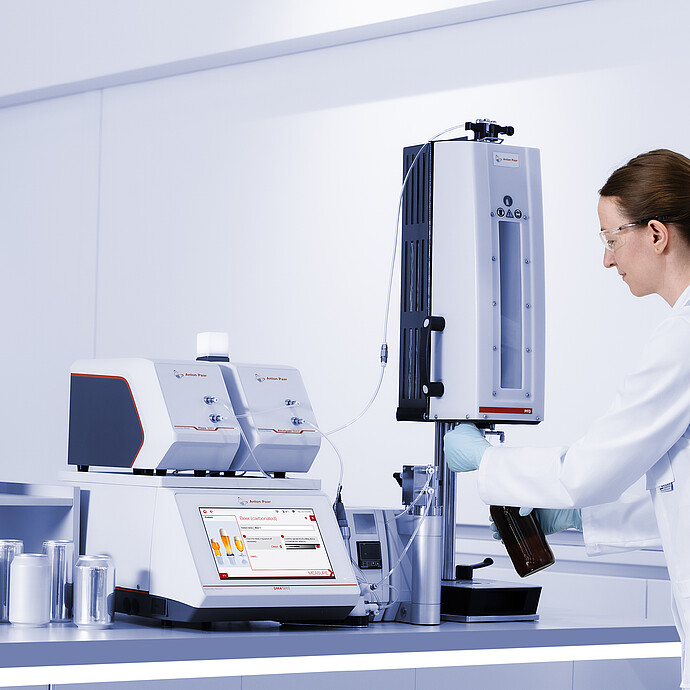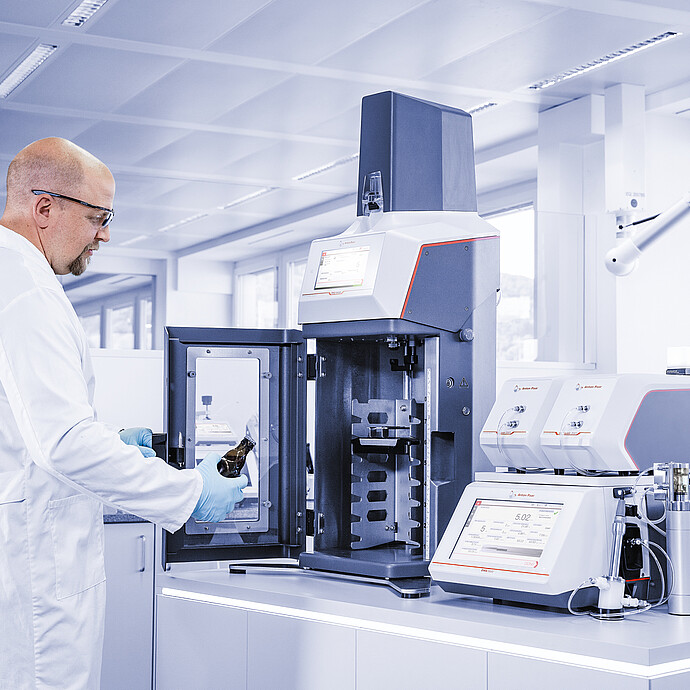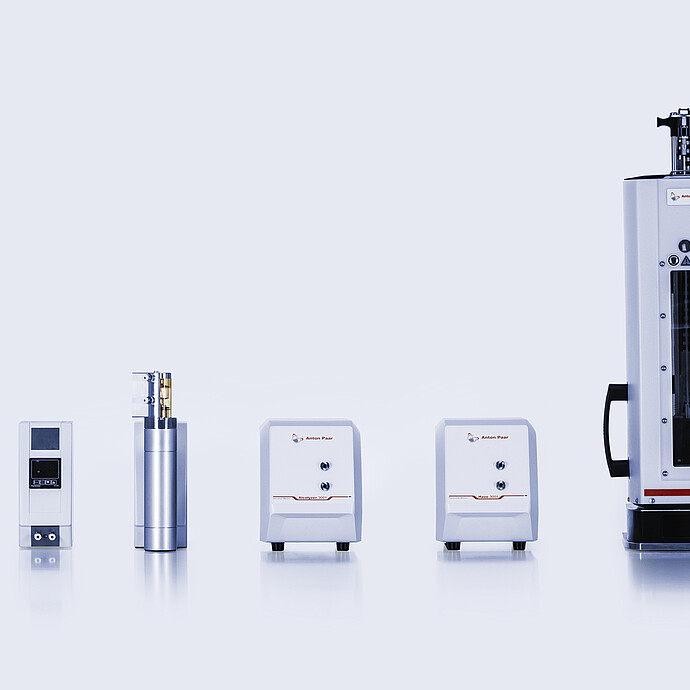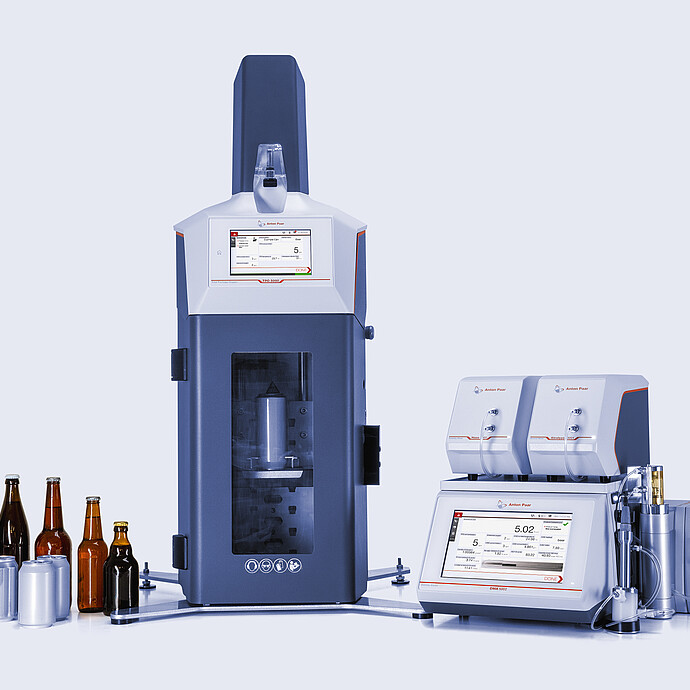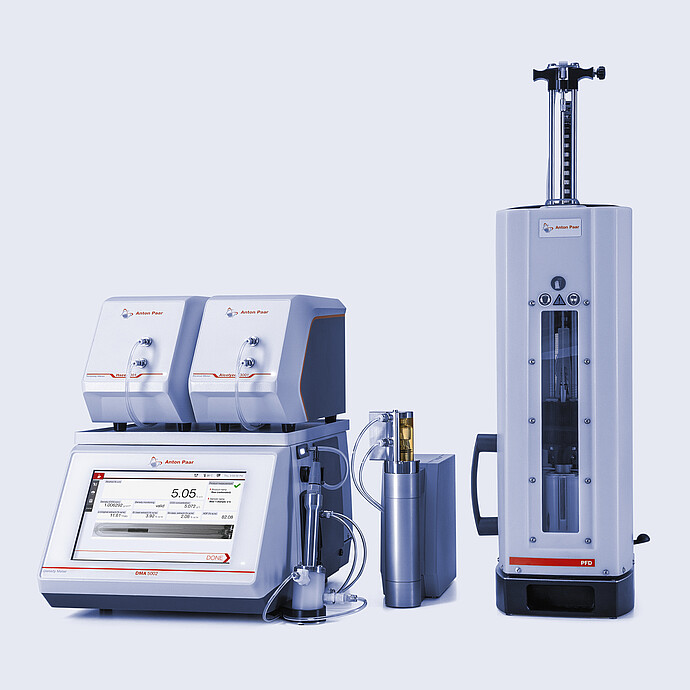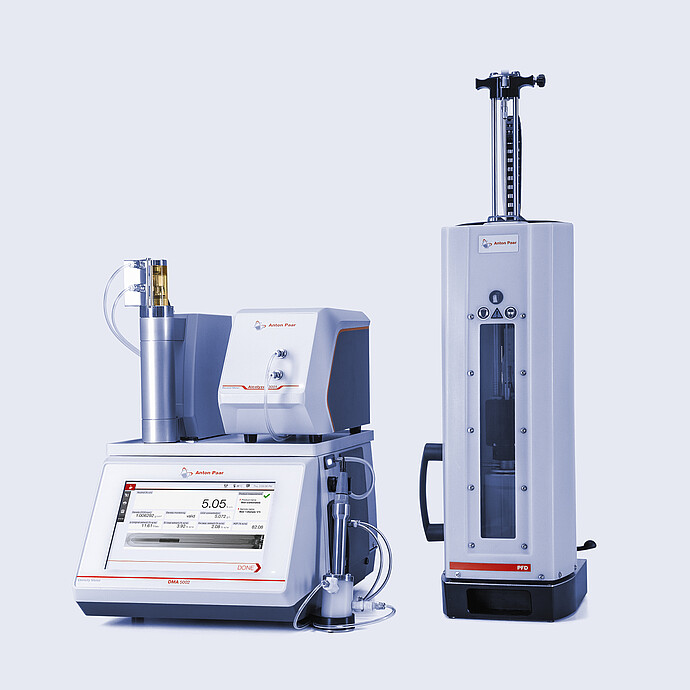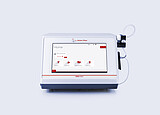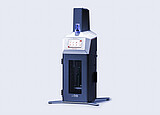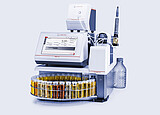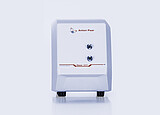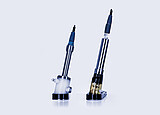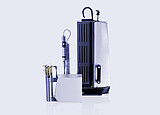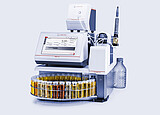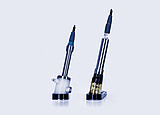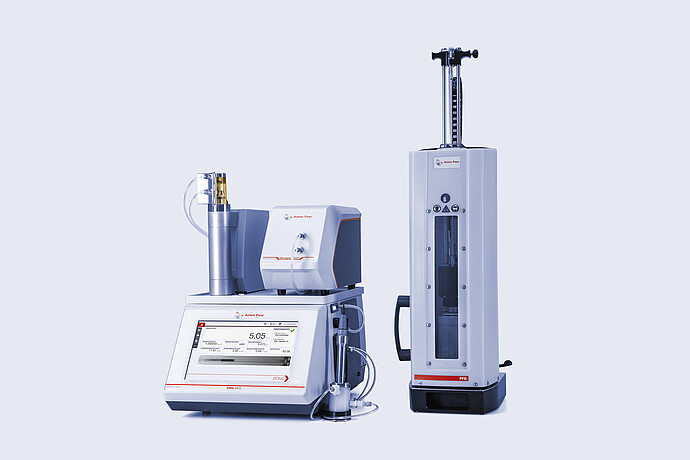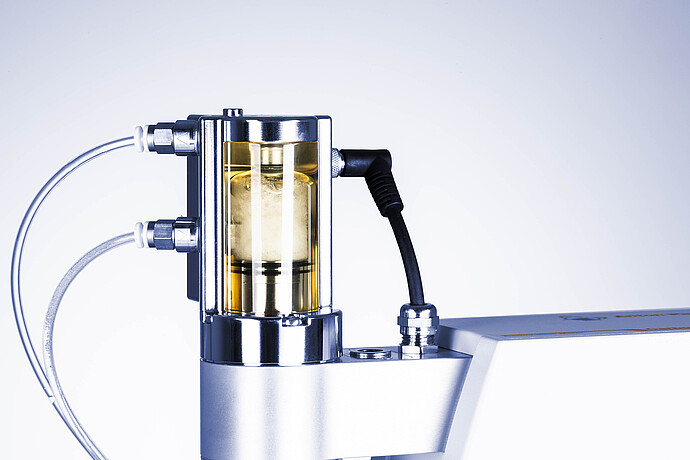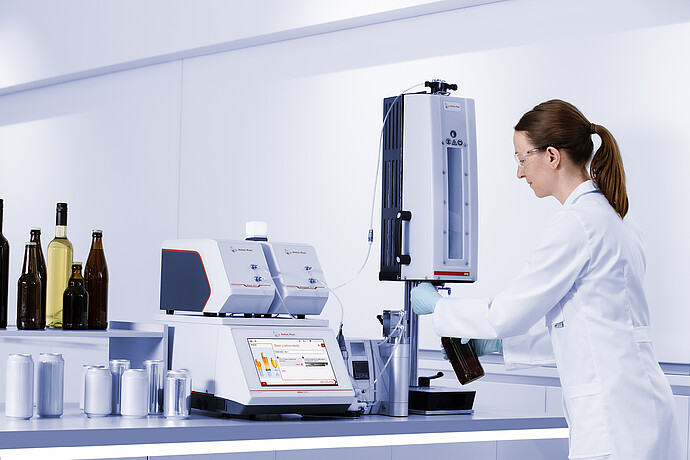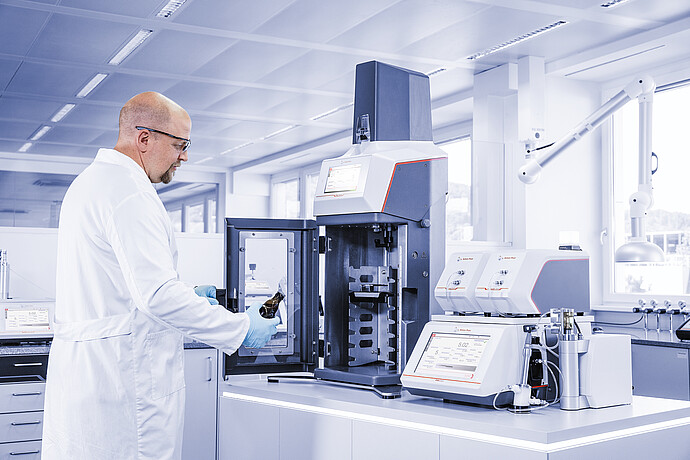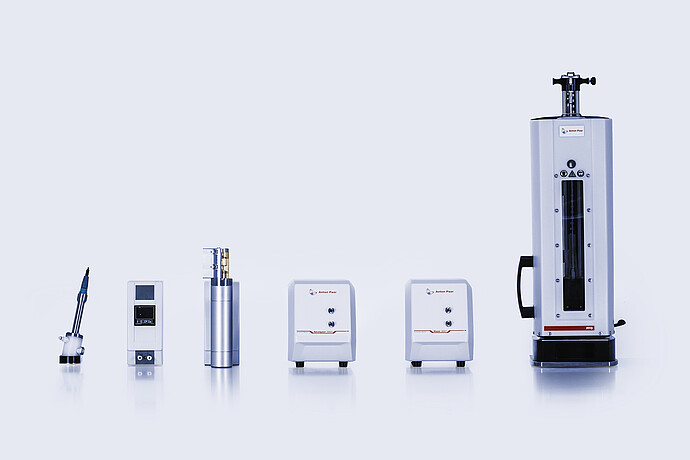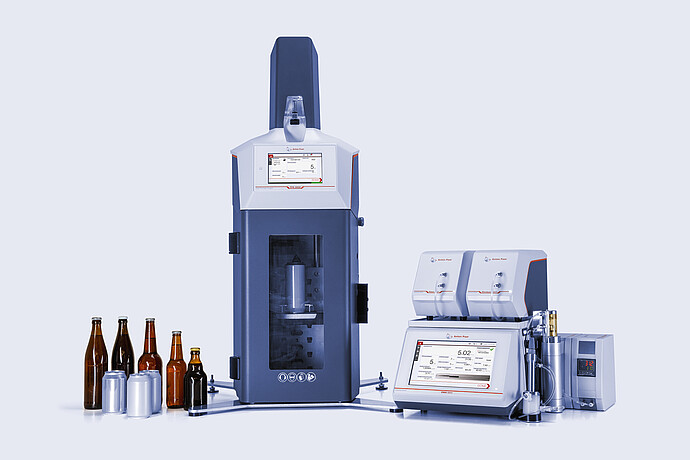| Recommended Configuration | 1 | 2 | 3 |
| Parameters | - Alcohol
- Extract
- pH
- Turbidity
- TPO
- DO
- HSO
- HSV
- CO2
| - Alcohol
- Extract
- pH
- Turbidity
- DO
- CO2
| |
| MEASURING RANGE |
| Alcohol | 0 % v/v to 12 % v/v |
| Density | 0 g/cm³ to 3 g/cm³ |
| Original extract | 0 °Plato to 30 °Plato |
| Color | 0 EBC to 120 EBC (0 ASBC to 60.96 ASBC) | |
| pH value | pH 0 to pH 14 |
| Turbidity | 0 EBC to 100 EBC
(0 ASBC to 6900 ASBC) | |
| CO2 concentration | 0 vol. to 5.5 vol. (0 to 11 g/L) at 35 °C (95 °F),
0 vol. to 10 vol. (0 to 20 g/L) < 10 °C (50 °F) | 0 to 6 vol. (0 to 12 g/L) at 30 °C (86 °F)
0 to 10 vol. (0 to 20 g/L) < 15 °C (59 °F) |
| O2 concentration | DO: 0 ppm to 2 ppm
HSO: 0 hPa to 45 hPa | DO: 0 ppm to 4 ppm | |
| REPEATABILITY, S.D. |
| Alcohol | 0.01 % v/v | 0.05 % v/v |
| Density | 0.000001 g/cm³ | 0.000005 g/cm³ | 0.00001 g/cm³ |
| Original extract | 0.03 °Plato | 0.01 °Plato |
| Real extract | < 0.01 % w/w | 0.015 % w/w | 0.025 % w/w |
| Color | 0.1 EBC (0.05 ASBC) | |
| pH value | 0.02 in the range pH 3 to pH 7 |
| Turbidity | 0.3 % of the measured value
+ 0.02 EBC / 1.4 ASBC according to formazine reference suspension | |
| CO2 concentration | 0.005 vol. (0.01 g/L)* | 0.025 vol. (0.05 g/L) |
| O2 concentration | TPO: ±8 ppb or ±6 %, whichever is higher** | DO: 2 ppb (below 200 ppb) | |
| ADDITIONAL INFORMATION |
| Power features | U-View, FillingCheck, ThermoBalance, full-range viscosity correction, ultra-fast measuring mode |
| Minimum amount of sample per measurement | 260 mL | 150 mL | 150 mL |
| Typical measurement time per sample | 8 minutes (incl. filling) to 10 minutes | 3 minutes (incl. filling) |
| Sample throughput | 7 samples per hour | 15 samples per hour |
| Dimensions (L x W x H) | 515 mm x 1200 mm x 1120 mm
(20.3 in x 47.3 in x 44.1 in) | 482 mm x 750 mm x 670 mm
(19.0 in x 29.5 in x 26.4 in) | 482 mm x 730 mm x 446 mm
(19.0 in x 28.7 in x 17.6 in) |
| Power supply | AC 100 V to 240 V, 50/60 Hz, fluctuation ±10 %, 190 VA |
| Ambient temperature | 15 °C to 32 °C (59 °F to 89.6 °F) |
| Air humidity | non-condensing 20 °C: <90% relative humidity; 25 °C: <60% relative humidity; 30 °C: <45% relative humidity |
| STANDARDS |
| MEBAK | Chapter 2.9.6.3 (B-590.10.181)
Chapter 2.12.2 (B-420.01.272)
Chapter 2.14.1.2 (B-420.01.271) | Chapter 2.9.6.3 (B-590.10.181)
Chapter 2.12.2 (B-420.01.272) |
| TTB | Density measurement in proofing alcohol for tax purposes | |
| GB | T 4928-2008 |
| EBC | Chapter 8.2.2, Chapter 9.2.6,
Chapter 9.43.2, Chapter 8.5,
Chapter 8.6 | Chapter 8.2.2, Chapter 9.2.6, Chapter 9.43.2 |
| BCOJ | 8.3.6 Alcolyzer for alcohol contents
8.4.3 Alcolyzer for real extract Analytical method for beer |
| ASBC | Beer-4G: Near-infrared and original extract content (2004) |
| AOAC | Method 956.02 (430 nm) | |
